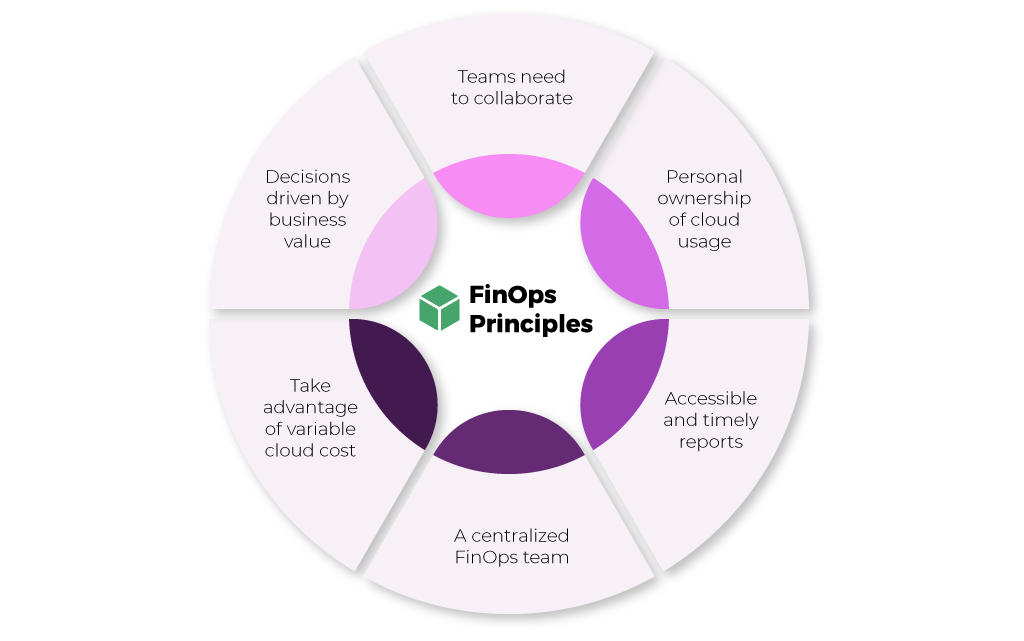
The adoption of Financial Operations (FinOps) practices in the cloud space has become a pivotal focus for organisations as they navigate the complexities of cloud spending. As businesses increasingly adopt cloud solutions, the realisation that cloud services do not inherently lead to cost savings has prompted a strategic re-evaluation of financial management practices.
Understanding FinOps
DevOps, a combination of development (Dev) and operations (Ops) has long been viewed as a key means for organisations to develop, deploy, and manage applications. By promoting collaboration between development and operations teams, DevOps practices such as continuous integration and continuous deployment (CI/CD) have enabled faster and more reliable software releases. However, as cloud adoption has grown, so have cloud costs, necessitating an additional focus on financial management. This has led to the introduction of FinOps, “which has become a crucial focus for many of our clients,” explains Werner de Jager, head of BBD’s Cloud Services team.
FinOps is an emerging discipline that combines financial accountability with cloud operations. It enables organisations to manage their cloud spending effectively, ensuring that expenditures align with business objectives. “FinOps is about ensuring financial efficiency without sacrificing performance, reliability, or resilience. It’s a combination of how you architect, as well as how you buy and measure the ROI of your cloud services to ensure that your cloud spend is optimally aligned to your business objectives” explains de Jager.
The concept of FinOps has gained traction as companies recognise the need for structured approaches to monitor, manage and optimise cloud costs, particularly since traditional views that lift-and-shift cloud migration (you can read up on different migrations here) would inherently reduce costs have been debunked. Instead, organisations are discovering that without proper management, cloud expenses, much like any other, can escalate rapidly – which has created a marked shift in perspective from “How do we get into the cloud?” to “How will we ensure we do this cost-effectively?”. The difference to cloud is that costs accumulate per hour, but the upside is that you also have immediate visibility into costs and with proper governance you can respond to unexpected or unintended costs rapidly.

Key trends in FinOps
- Cost optimisation mechanisms: Companies are increasingly focusing on right-sizing their cloud resources and utilising purchasing plans such as reserved capacities and subscriptions. This proactive approach allows businesses to optimise their cloud spend and avoid unnecessary expenses.
- Integration of FinOps across cloud models: The scope of FinOps is expanding beyond public cloud environments to include private and hybrid clouds. This evolution reflects a growing recognition that effective financial management is critical across all cloud architectures, including Platform-as-a-Service (PaaS) and Software-as-a-Service (SaaS) solutions.
- Continuous monitoring and adaptation: As cloud services evolve, organisations must continuously assess their usage and costs. This ongoing activity ensures that they are leveraging the most cost-effective options available. De Jager emphasises the importance of architecting solutions with financial management in mind from the outset, stating, “If you do this later, there is potential for service interruptions or negative cost implications.”
- Cultural shift towards financial accountability: FinOps is not merely a set of practices; it represents a cultural shift within organisations. It fosters collaboration between engineering, finance, and business teams, enabling data-driven decision-making that maximises cloud value. FinOps is increasingly focused on operationalising these practices to ensure predictable results and a reliable return on investment.
- Focus on value over cost: The conversation around FinOps is shifting from merely cutting costs to maximising value derived from cloud investments. As organisations mature in their cloud usage, they are beginning to view cloud expenditures in the context of the business results achieved, aligning financial management with broader business goals.
Implementing FinOps effectively
To effectively implement FinOps in their cloud strategies, companies must adopt a structured approach that integrates financial accountability with cloud operations. This means establishing a FinOps culture whereby employees are educated about the financial implications of their cloud usage. This practice is managed by the Cloud Center of Excellence (CCoE) which will define how costs are monitored and reviewed.
The main aspects to be considered in this strategy are:
- Estimate costs for new deployments within an 80%+ confidence level and use that to set budgets
- Make actual costs visible through tagging and reporting views
- Set alerts and thresholds to track progress against budgets set
- Report on and to each unit or division that contributes to the cloud budget
- Implement anomaly detection
- Constantly review purchasing plan options and consumption thereof
- Find opportunities to rightsize resources and remove unused resources
In addition to this, organisations can look to align with a managed cloud service provider such as BBD to help define and implement FinOps strategies with their CCoE, or to outsource the function entirely. Not only do managed service providers bring specialised knowledge and experience in cloud financial management, but they can help implement industry best practices for FinOps, ensuring that organisations are leveraging the most effective cost optimisation strategies.
Additionally, leveraging a dedicated team focused on cloud operations management, will enable organisations can benefit from ongoing monitoring of their cloud usage. Managed service providers can identify inefficiencies and recommend adjustments to optimise resource allocation and reduce waste.
The future of FinOps
As we approach 2025, the emphasis on FinOps is expected to intensify. Organisations are developing internal FinOps practices to better manage their cloud budgets and explore savings opportunities.
The shift to FinOps represents a fundamental change in how organisations approach cloud financial management. By adopting structured practices and fostering a culture of accountability, businesses can optimise their cloud spending, enhance operational efficiency, and drive greater value from their cloud investments. As Werner de Jager succinctly puts it, “FinOps is about relieving financial pressures of the technologies that you implement to make sure that it remains an enabler for business as opposed to being an obstacle.”


